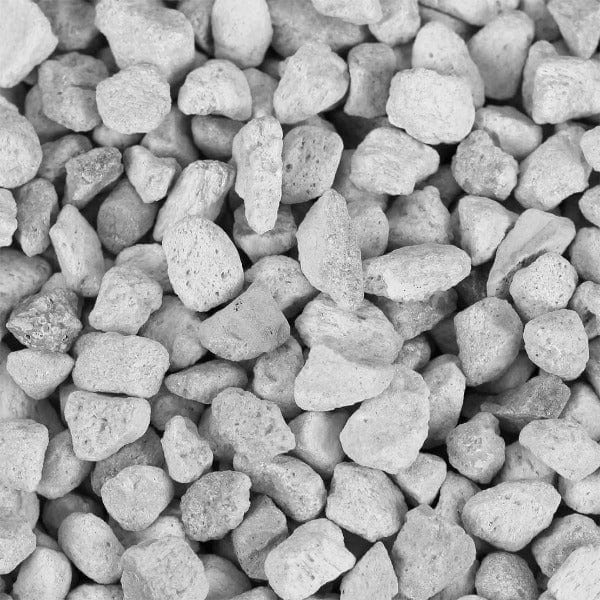Seachem De - Nitrate is an amazing and cost - effective natural porous material. It has a unique pore distribution and geometry. In the top few millimeters, it encourages aerobic nitrification, while at the core, it enables anaerobic denitrification. With a large surface area, it can support a high density of bacteria. Although it can trap nitrates, like some zeolites and synthetic resins, its nitrate - trapping capacity is limited. The main way it removes nitrates is through anaerobic processes. Similar to live rocks or reef rocks, which remove nitrates via anaerobic denitrification, Seachem De - Nitrate uses the same method. By forcing water to filter through its porous structure, its efficiency is significantly enhanced. Just as with reef rocks, the porosity and oxygen depletion from the surface aerobic process create anaerobic conditions. You should avoid excessive flow rates as they can prevent the development of a proper anaerobic environment for denitrifying bacteria. Seachem De - Nitrate is also a great medium for aerobic nitrification. It can be an ideal biological filter in drip trays, canister filters, sumps, or box filters. At high flow rates (over 100 US gallons per hour), it works only as an aerobic filter. At slow flow rates (less than 50 US gallons per hour), it acts as both an aerobic filter and an anaerobic denitrifying filter. Key features include removing nitrates, nitrites, ammonia, and organics. It's a highly porous biological medium with a pore size perfect for anaerobic bacteria. And unlike sulfur - based media, there's no risk of hydrogen sulfide production. Net Wt. 200 g (7.0 oz).

Using Seachem De - Nitrate is easy. First, you can place it in drip trays, canister filters, sumps, or box filters according to your aquarium setup. For normal use, if your water flow rate is high (more than 100 US gallons per hour), it will work as an aerobic filter. But if you want it to function as both an aerobic and anaerobic filter, keep the flow rate slow (less than 50 US gallons per hour). Remember, avoid setting the flow rate too high because it might stop the growth of the right environment for denitrifying bacteria. When it comes to maintenance, check the material regularly. If it seems clogged or its performance drops, you may need to replace it. Also, since it can remove various harmful substances like nitrates, nitrites, ammonia, and organics, you'll notice a cleaner and healthier aquarium environment. Just follow these simple steps, and your aquarium will benefit from the excellent filtration of Seachem De - Nitrate.
